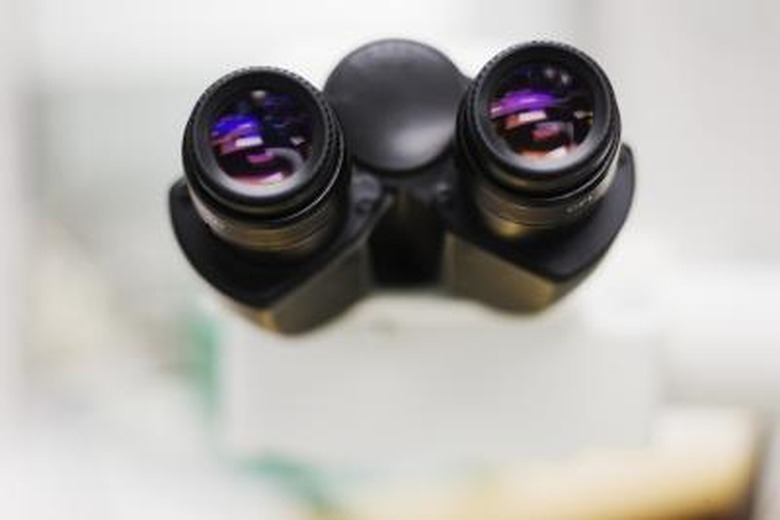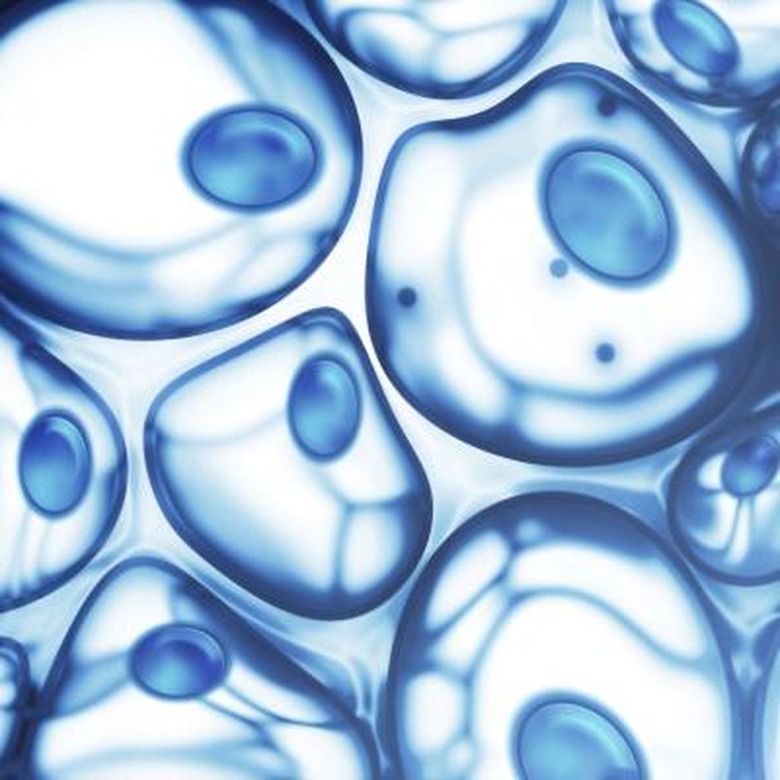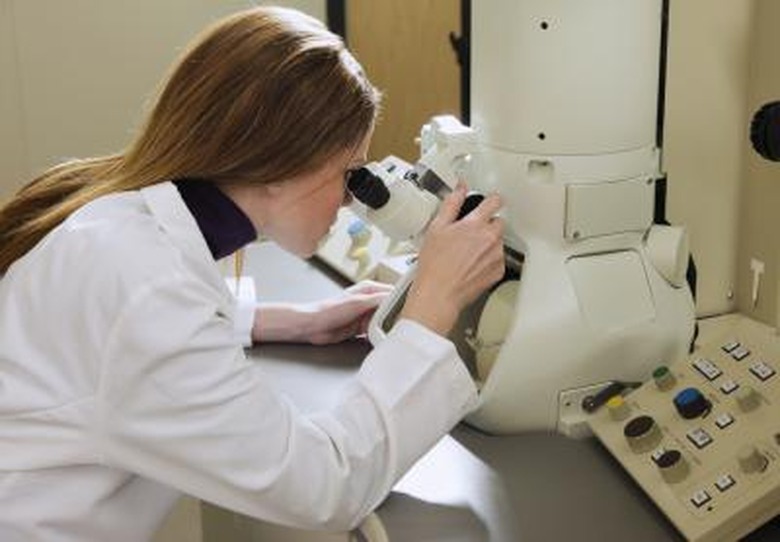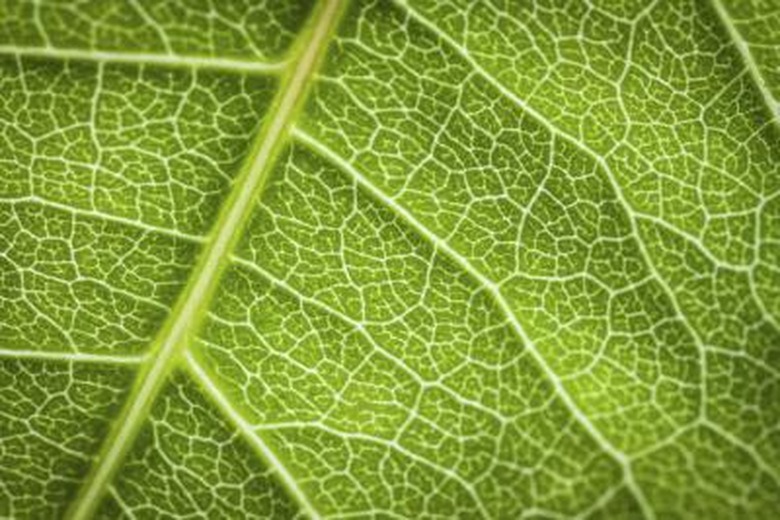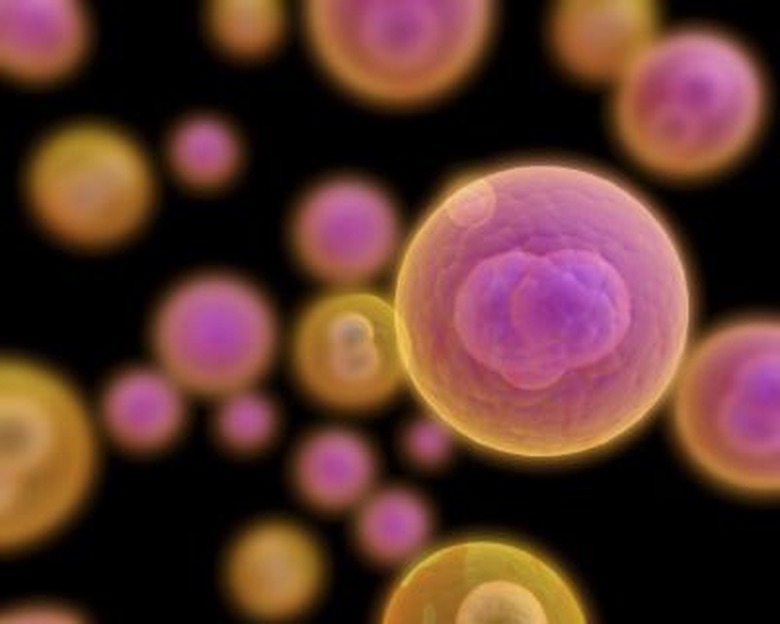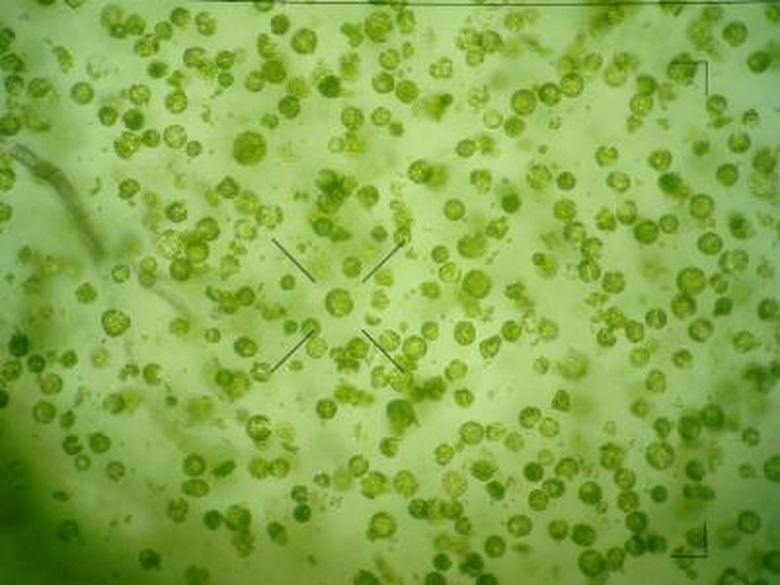How Does Cytokinesis Differ In Plants & Animals?
Cytokinesis is the final step of cell replication after mitosis, the duplication of a cell, is completed. During this process, the cytoplasm of the original cell halves itself equally for the two resulting cells. Though both animal cells and plant cells go through cytokinesis, the two separate types of cells differ.
Function
Function
Cytokinesis provides each new cell with a proper amount of cytoplasm. It is also the concluding step following mitosis. It finalizes the division of the two cells.
Importance
Importance
Cytokinesis is vital to the cell process as it divides the cytoplasm into two equal portions for the new cells. Cytoplasm is extremely important within each cell. The cell's main support for organelles within the cell's membrane, the cytoplasm also contains many nutrients. A gelatinous substance, the cytoplasm suspends and holds each cell's nucleus, mitochondria, ribosomes and many other organelles in place. It also is home to the cytoskeleton, which creates the cell's shape and controls its movement.
Cytokinesis in Plant Cells
Cytokinesis in Plant Cells
In plant cells, cytokinesis simply consists of the cell plate forming at the equator of the old cell that will soon be two. The cell plate–the future cell wall that will separate the two cells–divides the cytoplasm in half.
Cytokinesis in Animal Cells
Cytokinesis in Animal Cells
Cytokinesis in animal cells is more complex than in plant cells. A contractile ring, underneath the original cell's membrane, begins to form and contracts, which creates the cleavage furrow. The furrow grows deeper between the two cells until they pinch off and separate from one another, resulting in two separate daughter cells.
Post Cytokinesis
Post Cytokinesis
The cell has finally completed mitosis. Cytokinesis is not generally considered a part of mitosis, yet it finalizes the cell division process. The result after cytokinesis is two genetically identical daughter cells, which will then go through a cell cycle of their own, eventually undergoing cytokinesis.
Cite This Article
MLA
Sloan, Emma. "How Does Cytokinesis Differ In Plants & Animals?" sciencing.com, https://www.sciencing.com/how-does-cytokinesis-differ-in-plants-animals-13428056/. 21 July 2017.
APA
Sloan, Emma. (2017, July 21). How Does Cytokinesis Differ In Plants & Animals?. sciencing.com. Retrieved from https://www.sciencing.com/how-does-cytokinesis-differ-in-plants-animals-13428056/
Chicago
Sloan, Emma. How Does Cytokinesis Differ In Plants & Animals? last modified March 24, 2022. https://www.sciencing.com/how-does-cytokinesis-differ-in-plants-animals-13428056/
